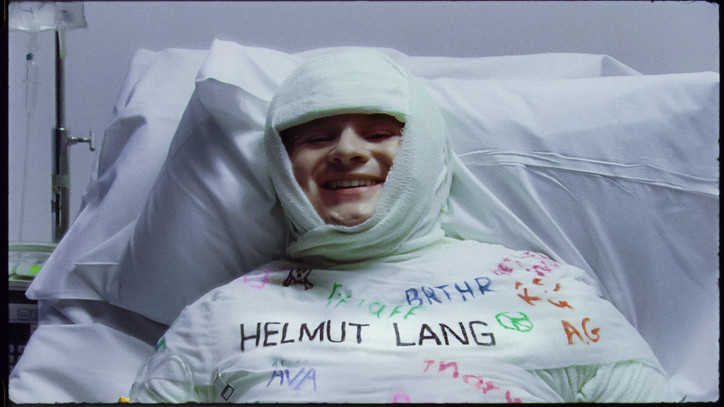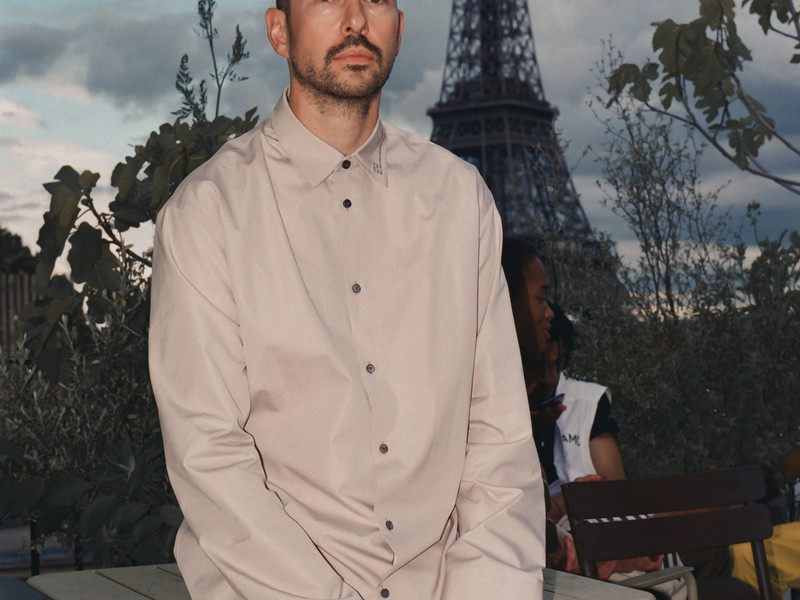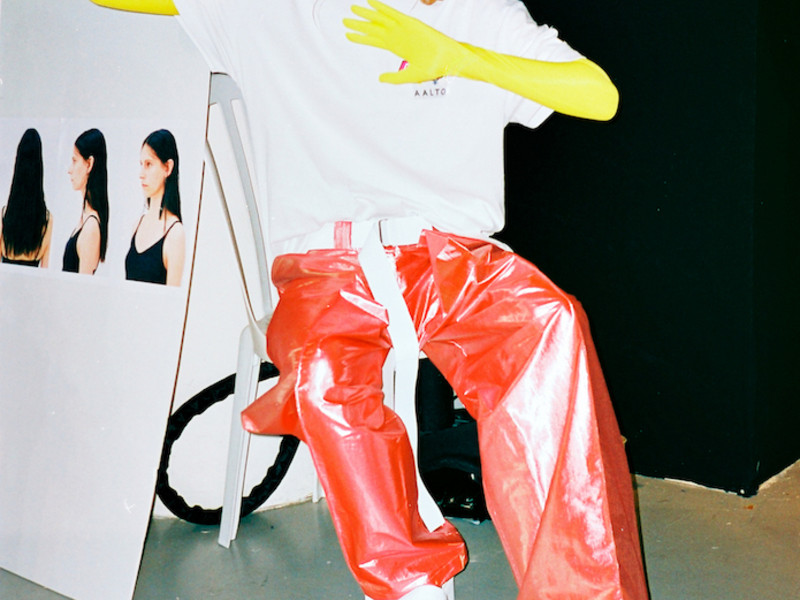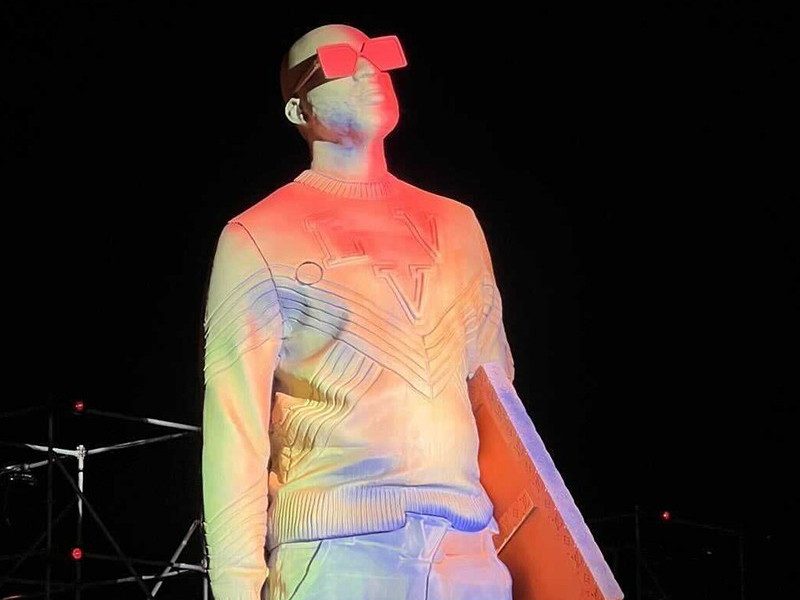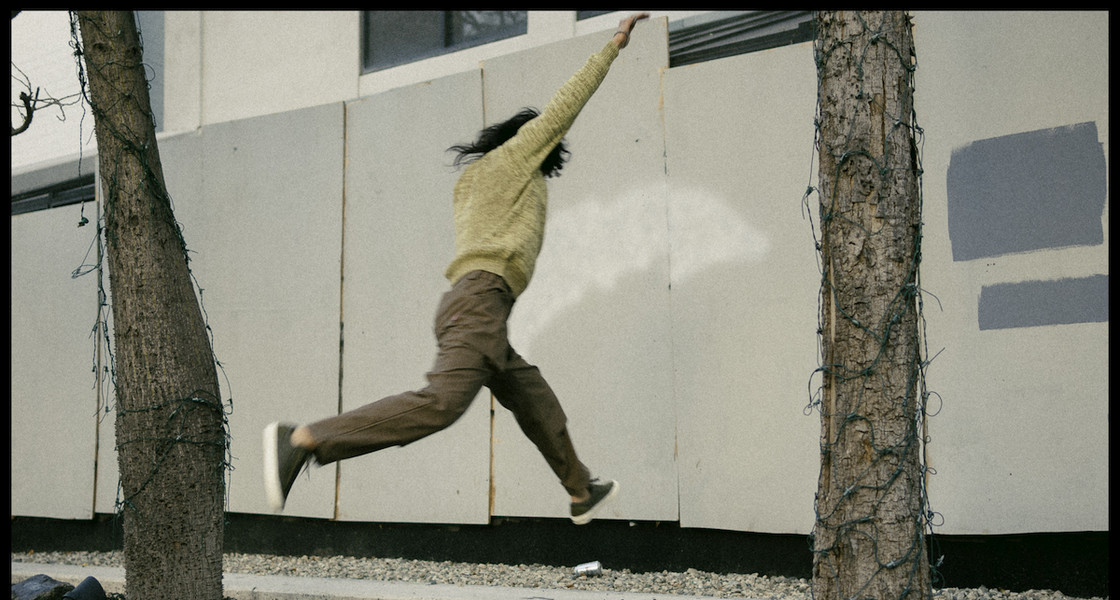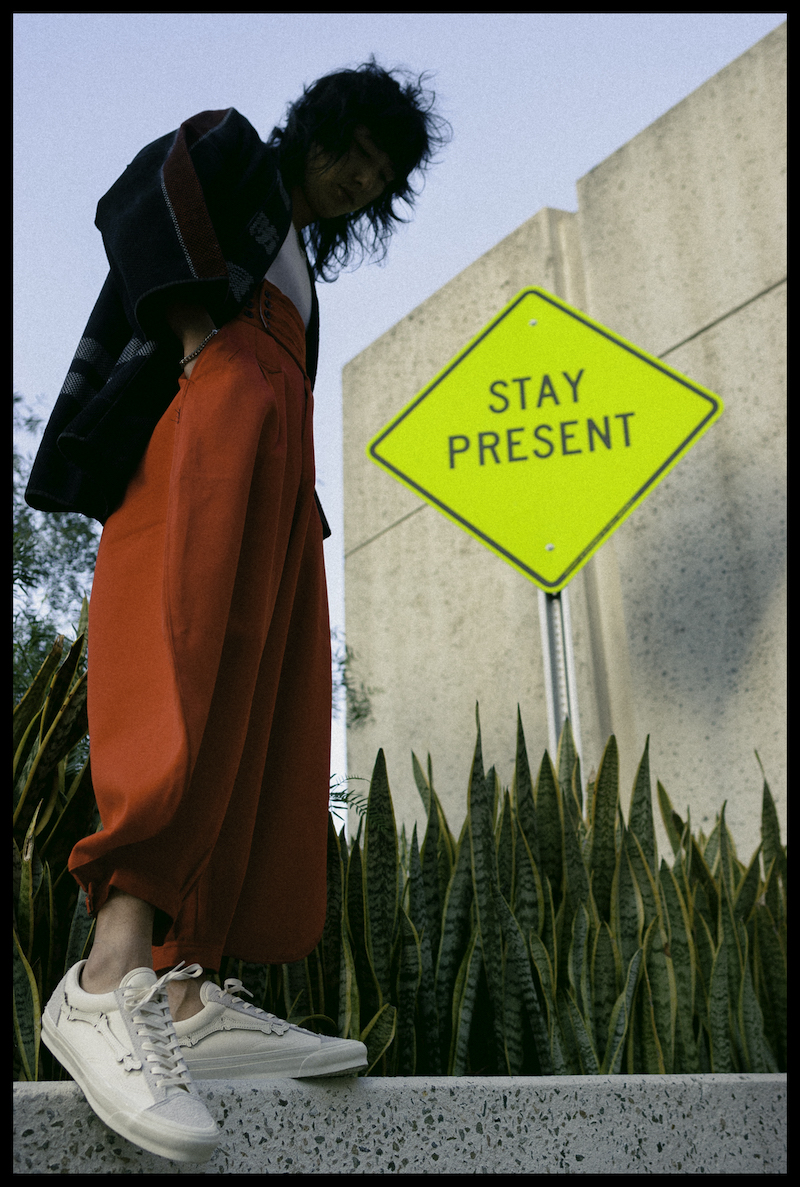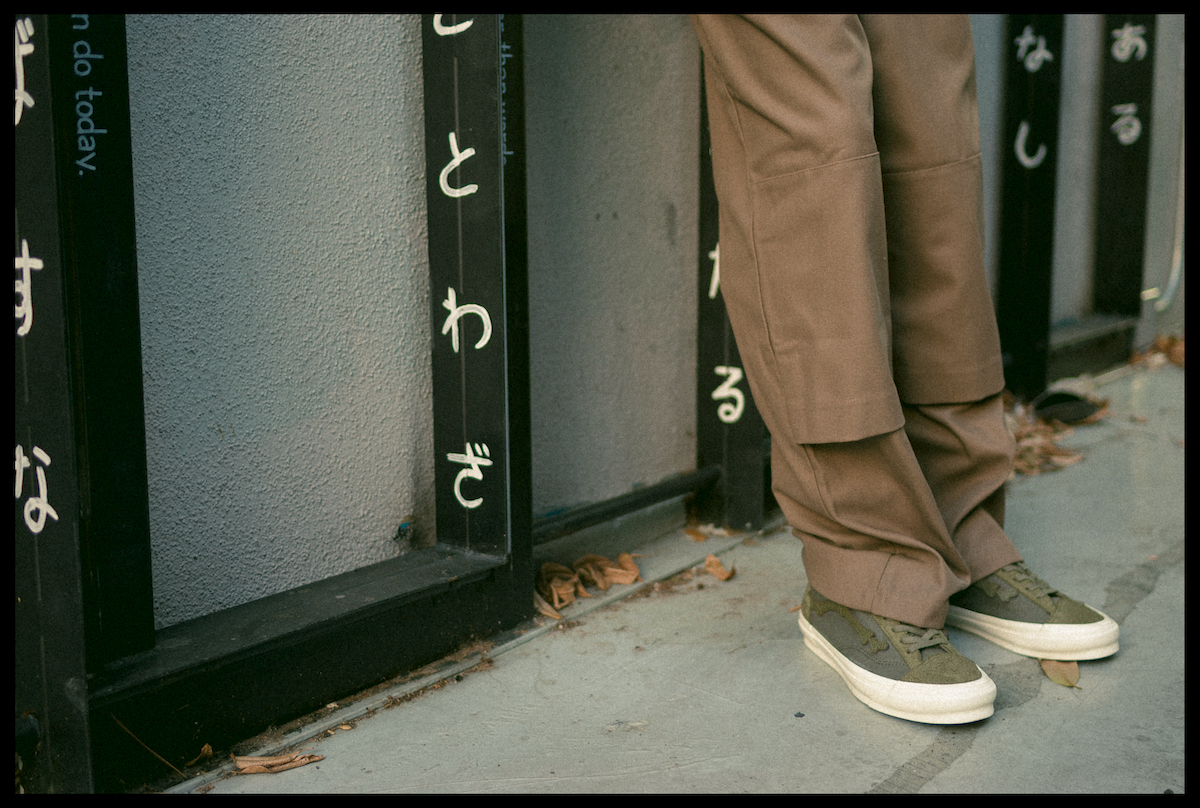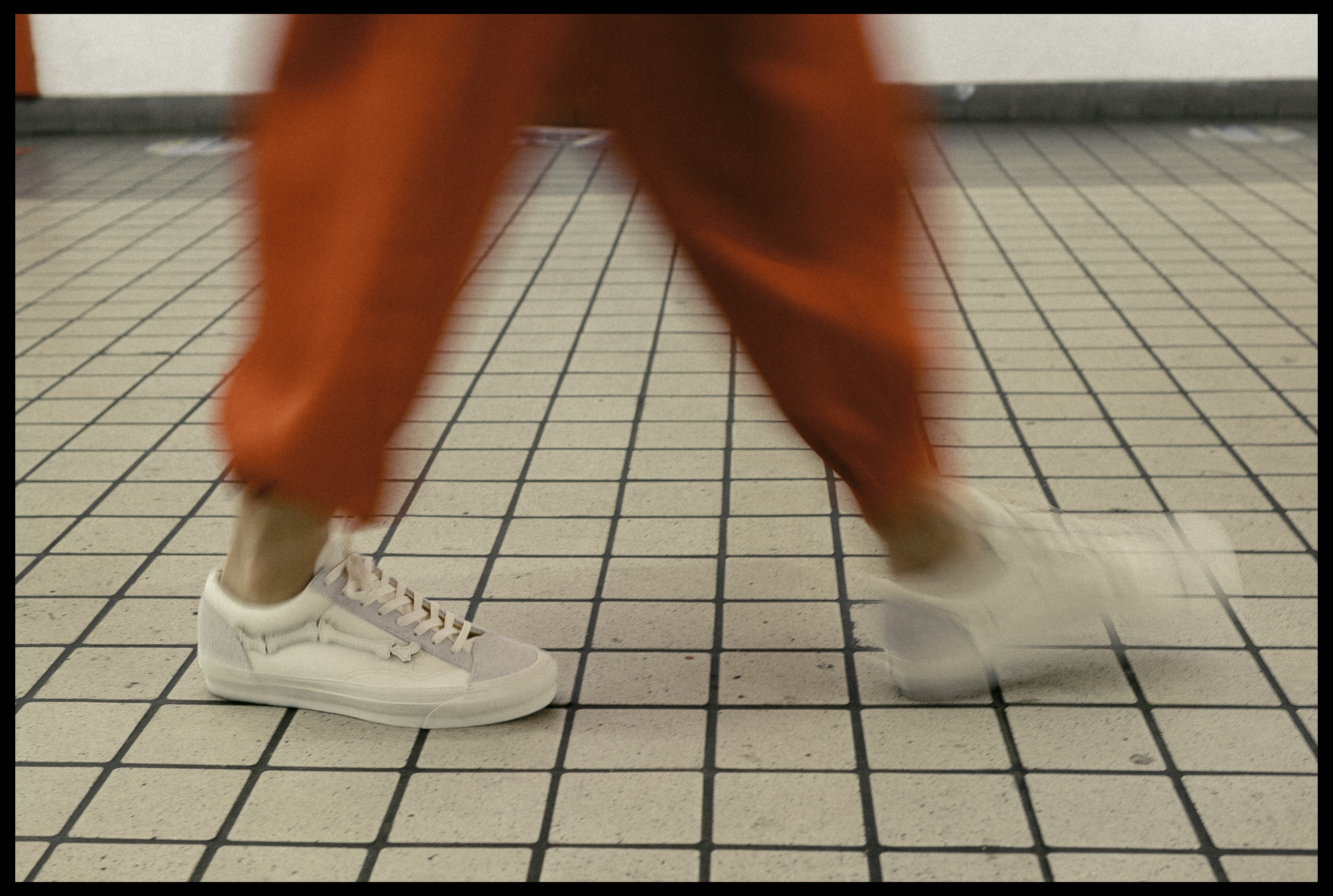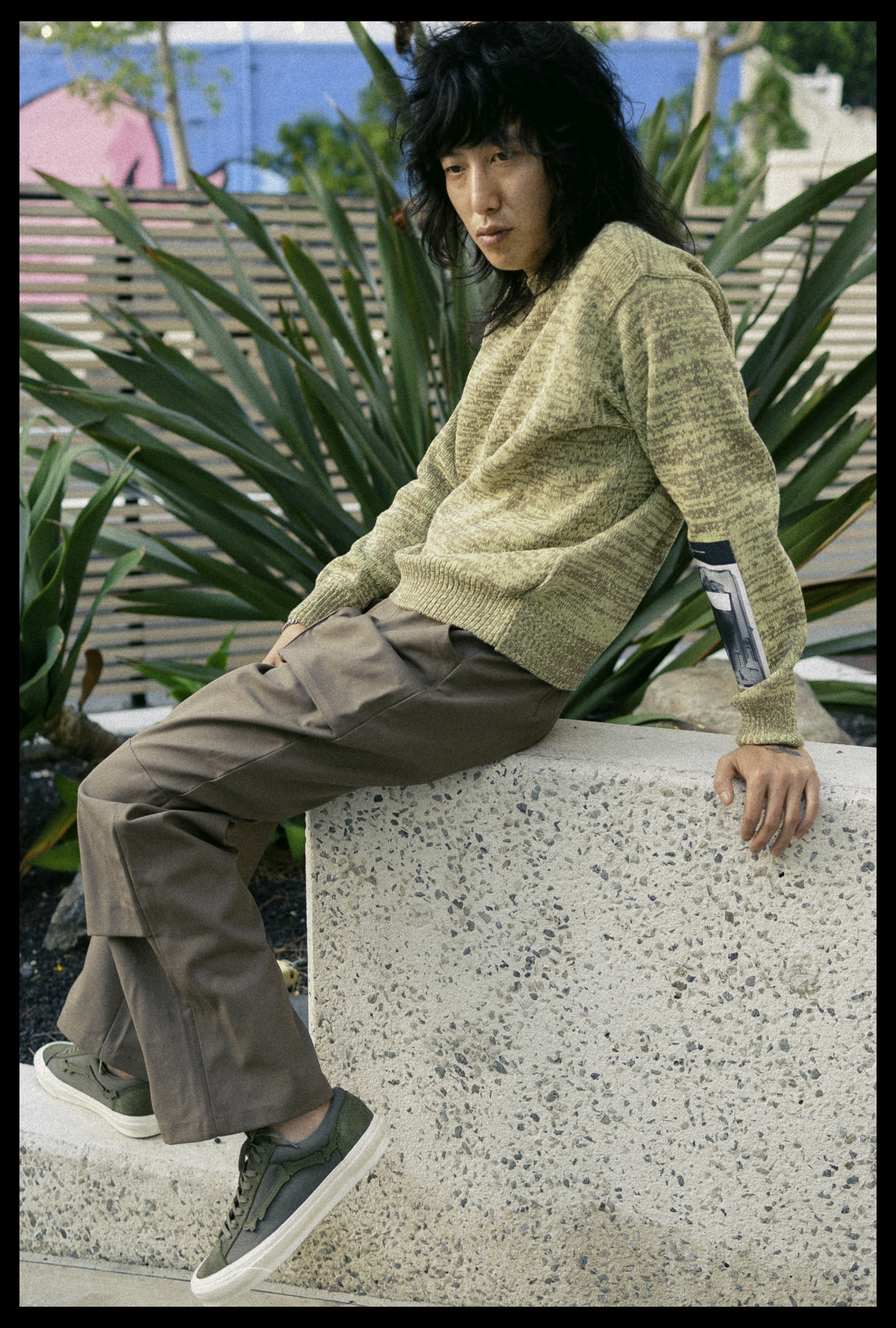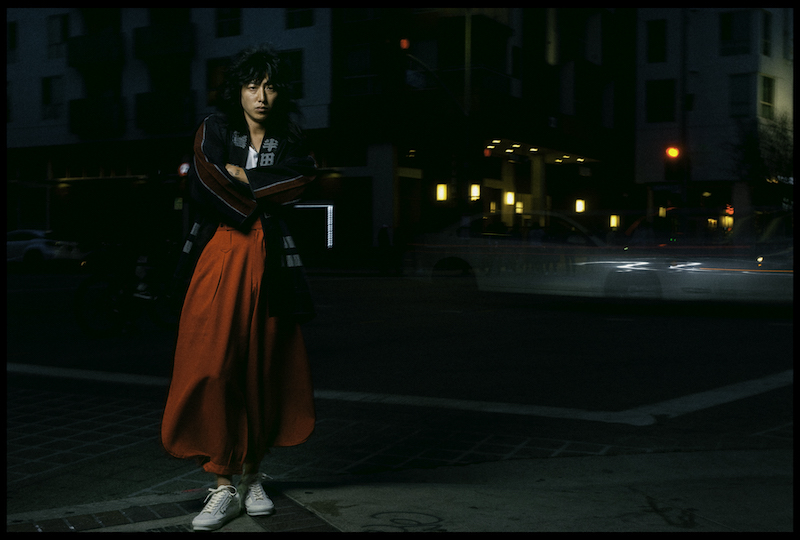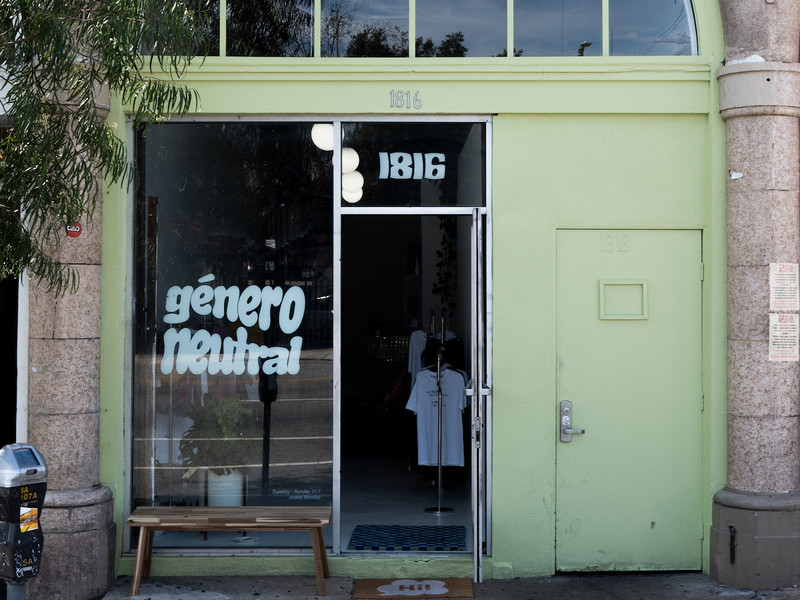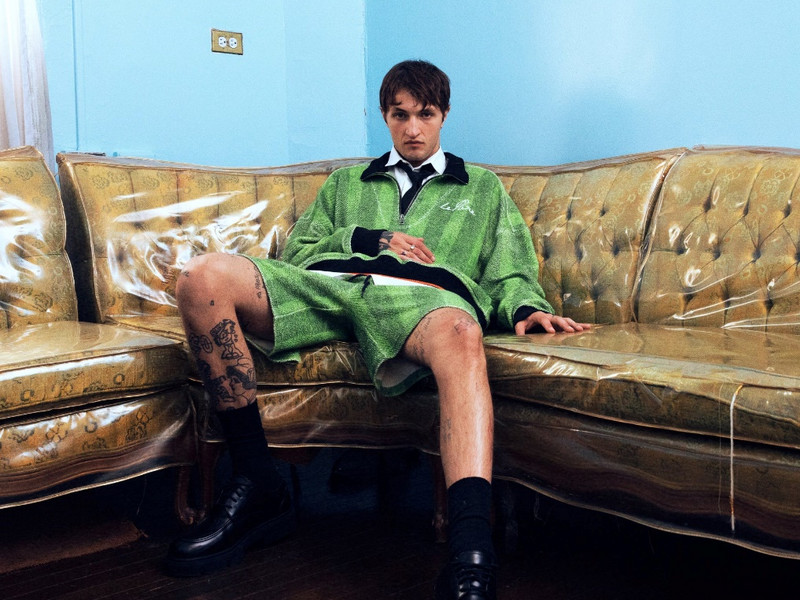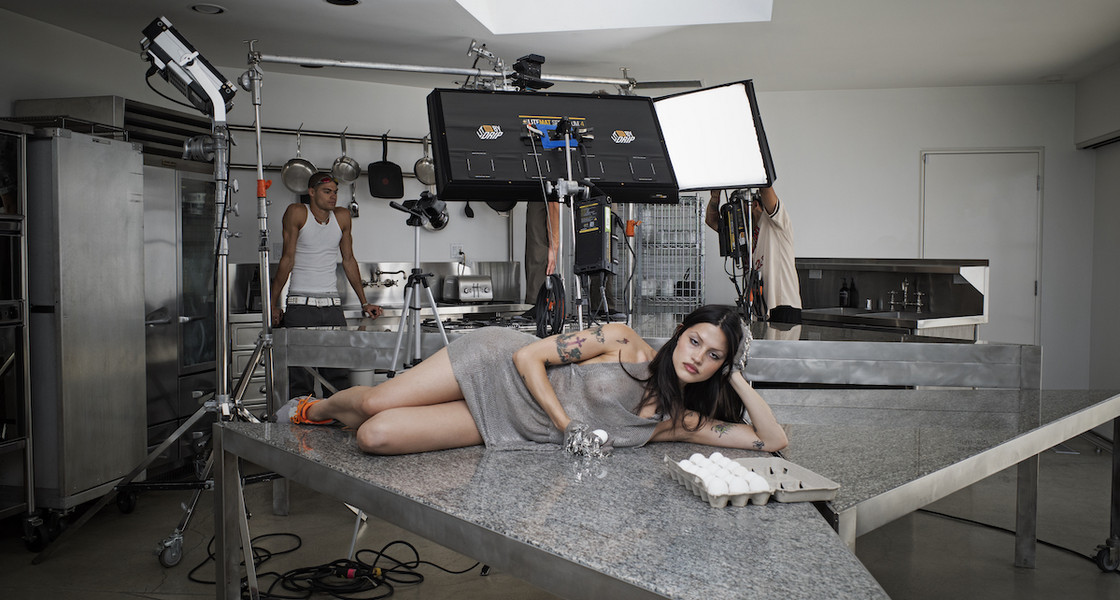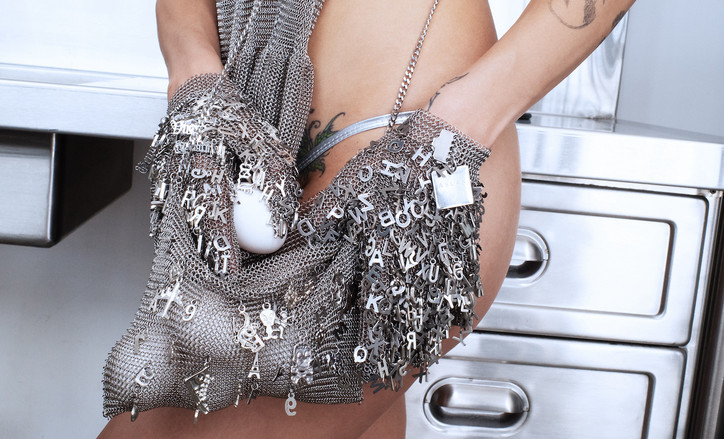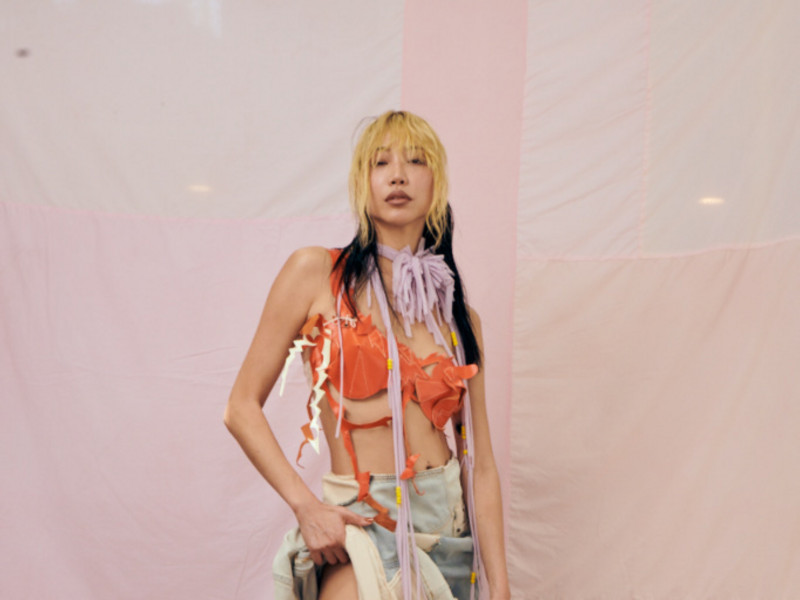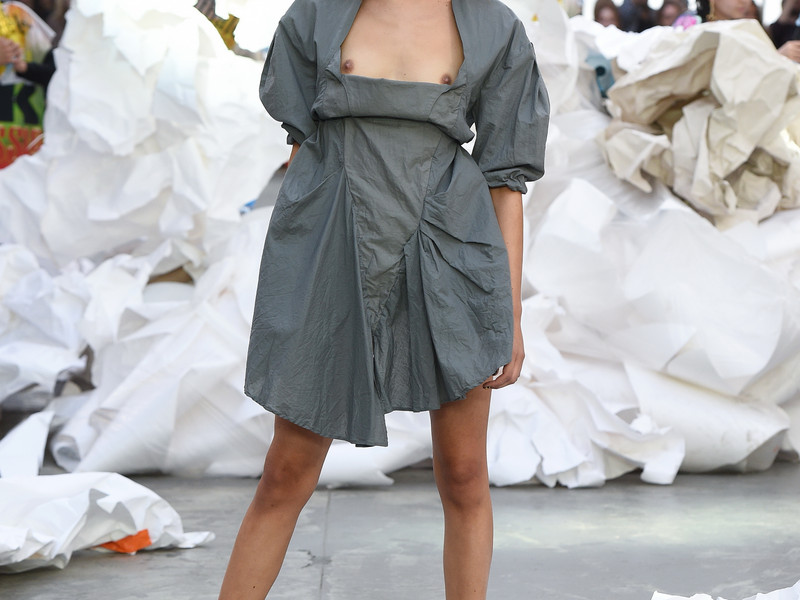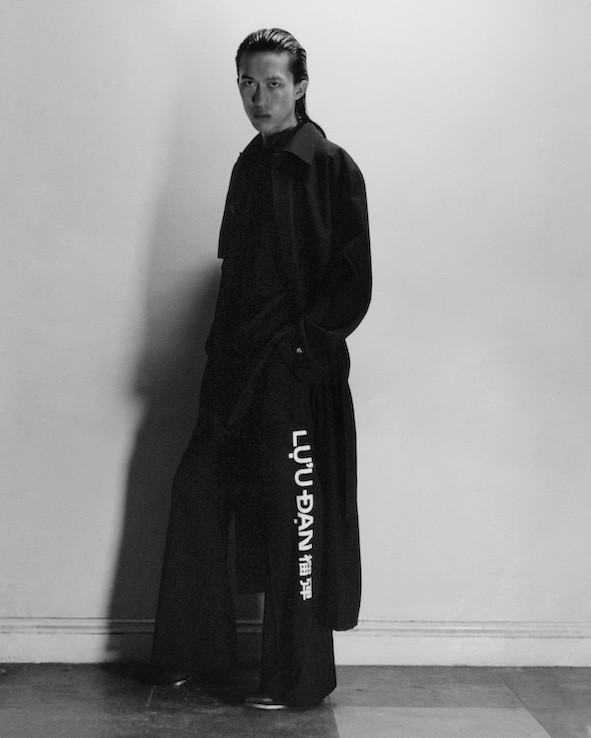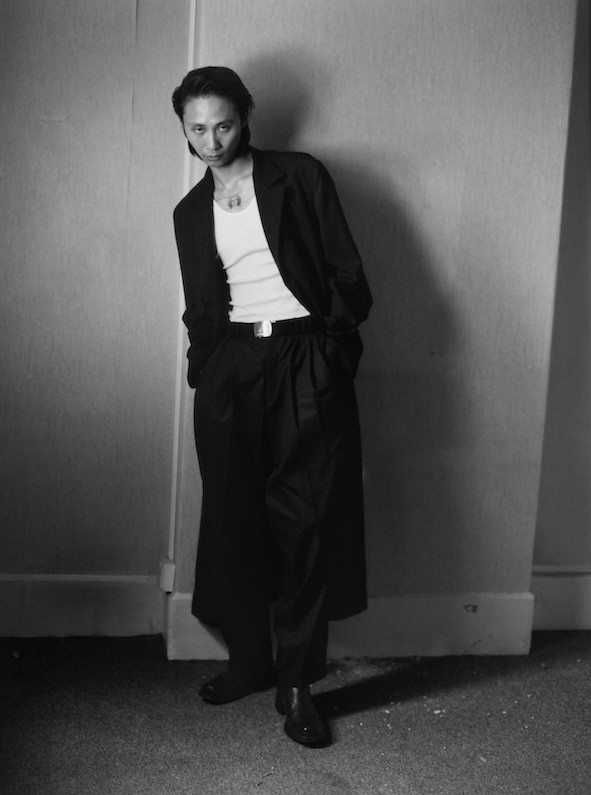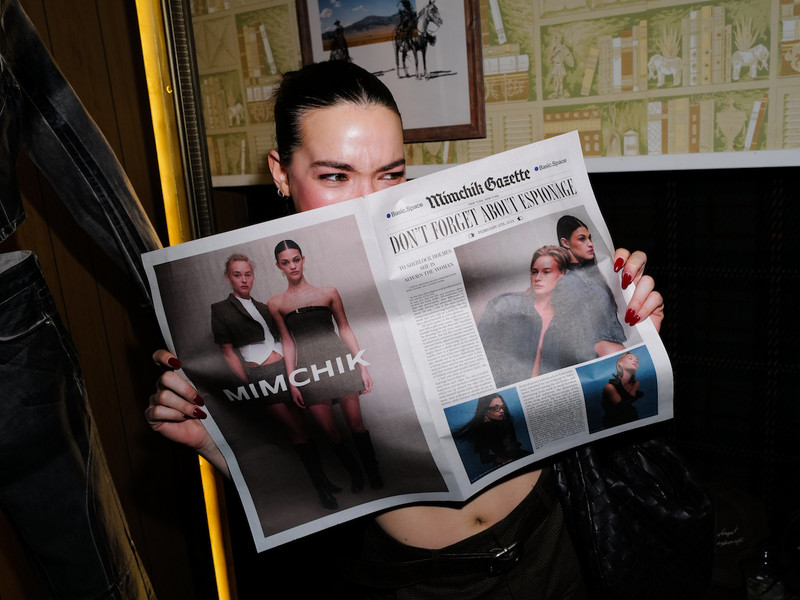I remember on several occasions being in my 30’s in Paris and walking around and some random dude would just jump in my face and do a karate chop and yell “Jackie Chan,” like that was supposed to be a way of engaging or connecting with me. My experience with Anti-Asian racism has mostly been more subtle. It’s invisible most of the time and barely peeks its head above the surface. We are the “model minority”, the ones that are let in, but not fully. We are included because we work hard, stay in line and because we are not a threat. However, I often think back to joking alongside my colleagues, who would poke fun at my Asian-ness and my heritage. Doing so would allow me to feel as if I fit in with them. At the time, I believed I could disarm them with humour and make light of my racial differences; preferring to be the one making the joke at the expense of my own race first then to have them laughing behind my back. It was a manifestation of internalised racism and a whitewashing of my cultural heritage.
It’s not easy to talk about, since race was not the only issue at play, but looking back I often wondered if being another ethnicity would have changed things. I have spoken to other Asian contemporaries about the Bamboo Ceiling, the principle that we reach a ceiling in our careers because bigger opportunities are not open to us because of our skin colour, and feel like the systems in power are not set up to support our culture in the same way as others. More and more Asians in the West are empowering themselves to break through the Bamboo ceiling.
As my career progressed, I took an opportunity to move to London to work for Phoebe Philo at Celine. I was hired to be the head of the Leather and Fur department. I was up for a challenge and really admired the female centric philosophies of the brand. London, which is more diverse than Paris, offered a new opportunity for me in the design studio. Joining this team, I was not the only Asian Designer, there was another South Asian designer but we were still definitely in the minority. Work at Celine was also tough with long hours and lots of travel. The culture and rules of engagement were different from Balenciaga, but I still sometimes felt the same pain of not fitting in.
I am not saying that either Balenciaga or Celine are inherently anti-Asian. Alexander Wang was appointed Creative Director of the former shortly before I left. Both houses opened their doors to me and gave me an opportunity to learn and work in amazingly creative environments. But we cannot and should not be blind to how few Asians there are in the fashion industry, let alone in senior positions like Creative Director or CEO. So many Asians from all over the world study fashion, and yet these numbers do not translate higher up, particularly in the West.
I cannot say that I have been directly discriminated against in my work in these experiences, but I do feel there are cultural biases and energies at play that we are not always aware of. It acts like an invisible hand pushing us apart and separating us further. And in this awakening of identity and race that I am undergoing, I believe it is our obligation to ask why and to work towards equality. Fashion is now so much about inclusivity, but true inclusivity is about equality and representation, where everyone’s stories are heard, feels a sense of belonging and no one is not forgotten or passed over. Aspects of identity such as race, gender, religion, or sexual orienation are integral parts of us that cannot be separated from our being. They are the tapestry from which we compose who we are and how others understand us.
After leaving Celine, I had the opportunity to start my own brand, Kwaidan Editions, a luxury womenswear brand, with my life partner Léa Dickely in 2017. And this past January, we launched LỰU ĐẠN. We do both brands together.
